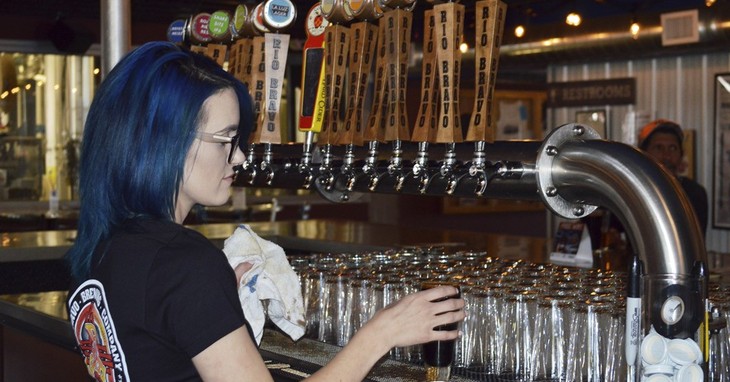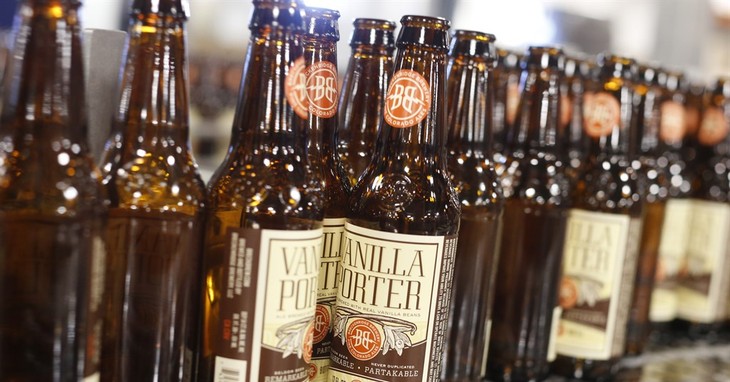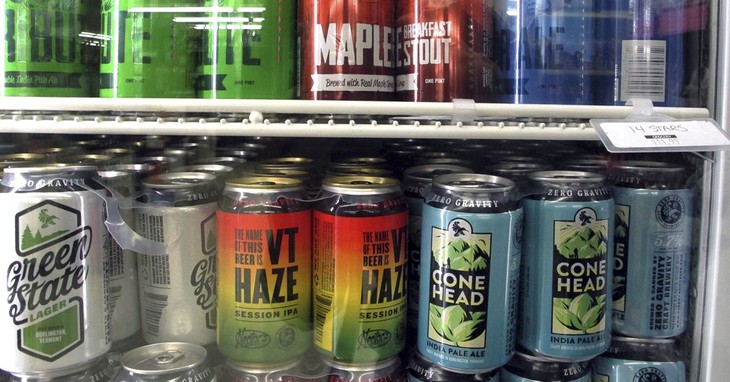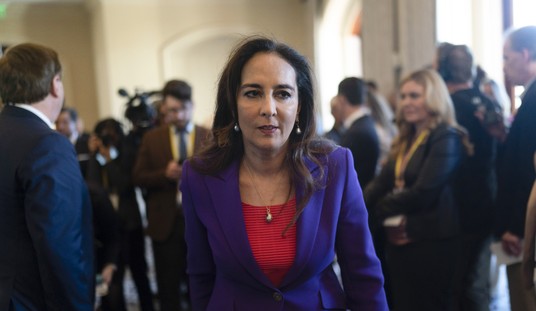As the country recovers from the pandemic we can aid in the recovery of the craft beer industry.
Running up until last Saturday, we just enjoyed National Craft Beer Week, a welcomed respite from the dismal social cloud we have all been shaded under and a needed boost for a section of our economy that has been all but crippled over the past year. We needed the flavor diversion away from the morose shutdowns, and the beer makers desperately needed our return to their taps and bottle caps.
The pandemic, to state the obvious, had a disastrous impact on the dining and drinking markets. The inability of consumers to congregate and socialize crippled the service industry, and the waves of impact spread out to numerous segments. The brewing industry was among those impacted severely, specifically the smaller craft brewers.

Defining The Bottle In Your Hand
For generations, the brewery industry was rather stagnant, but that is not only a designation of the products they put out. For roughly 50 years the number of breweries in the nation remained at a constant low level. Coming out of prohibition 1941 saw a peak of 850 breweries operating in the country, and dropped below 100 by the close of the 1970s. That number would not be reached again until the 1990s, with a surge in microbreweries. For a time the total would hover around 1,500, and then over the last decade, a sheer explosion has taken place. Over 10,000 were in operation when the pandemic slammed the economy.
With more labels flooding the shelves in the store coolers, and these small-time operators taking more of a bite of the annual sales, the large-scale brewers began buying up many of the small-time operators. This made sense on both sides, as the smaller brewhouses could reach a wider distribution and the giants could buy back the lost segments of the marketplace. There became some consumer confusion regarding the class of brew they might be sipping, and as a result, the Brewer’s Association stepped in to define what type of brewery would earn a designation.
Though we just came off of National Craft Brewer Week, keep that desire going and continue to help rebuild the industry by snapping up some smaller labels offered in your area. pic.twitter.com/OQCX4oC3Lu
— Brad Slager – Social Toper and Media Antagonist (@MartiniShark) May 21, 2021
They have an official seal that can be incorporated in the branding of a brew that meets the criteria.set up by the Association:
- Federally Registered – Company is an ongoing brewer and has a filing with the Tax and Trade Bureau
- Production — The total annual output of beer from the brewer is at 6 million barrels, or below.
- Independently Owned – No more than 25% stake is held by a larger alcohol industry member.
This is not a militant governing body, as they allow for room to qualify. That 6 million barrel cap has been fluid (as it were) to allow for The Boston Beer Company to remain qualified, even as its flagship Samuel Adams has become a massively popular offering. Then you have cases such as The Cigar City Brewing, in Tampa, Florida, which is owned by CANarchy, which is a craft brewing collective that makes other labels under the Oskar Blues, Wasatch, and others which altogether may total over 6 million barrels, but retains a Craft Brewer classification.
Within this craft beer designation, there are categories for those who qualify for the label of Craft Brewer. There are Regional Breweries (those with under 6 million barrels annually), Micro Breweries (15,000 barrels annually), Taprooms (onsite sales of its product is 25 percent or higher) BrewPubs (25 percent on-site sales with food service) Contract Brewers (using a secondary larger brewer to create and package the product), or Alternating Proprietor (where brewing space and equipment is shared from another brewery; essentially, leasing a number of vats, etc.)

A Time For Recovery – and Governmental Rollbacks
As we come out of the pandemic this is a grand time for the reblossoming of the craft beer industry. Not strictly a matter of size to able to cope with the near-total loss of revenue, the realities of the marketplace for the smaller brewers were directly impacted by the Covid closures. In most parts of the country, we saw a shutdown of almost all manner of food and drink availability, save for the grocers and convenience stores. This meant that the small breweries were literally shut out of most of their customer streams.
Access to the market comes in stages for these smaller operations. The first level is on-site sales, as they most often operate a tasting room or attached lounge to offer their wares. As the business grows the next entry is to get kegs sent out to local bars and restaurants, expanding the footprint on a local level. If their products become desired enough then the sales can justify getting into the bottling are canning of their labels for regional distribution.
But with the taprooms and the area restaurants and bars shuttered entirely for a duration the small breweries were closed off from those two primary revenue streams. This impact is seen directly in the data from 2020. Nationwide the volume of beer sales fell -2.9%, but for the craft beer segment, many of which were not in the package business, or unable to gain shelf space in grocers, those labels saw a drop of -9.3%. In terms of lost revenue, the craft brewers fell -22%.
Before the pandemic craft brewing was surging in the country. In 2019 — not beer manufacturing, just the craft brew industry — contributed almost $83 billion to the economy, employing 580,000. There is a specific reason you can look at for these surges of growth in this marketplace over the past few decades — the repeated easing of government restrictions on the industry. Each time the federal restrictions were unshackled it led to growth.

The first sign was the late 1970s, as more states removed restrictions on home brewing, leading to a federal rollback of those laws by 1978. Next, in the 1980s laws in certain states were again eased, this time to permit the operations of brewpubs. By 1999 all 50 states permitted these businesses. Then over the years, more state and federal regulations were taken down, such as limits on the alcohol content, restrictions on the package sizes, and/or the ability to ship across certain state lines.
The beer industry serves as an object economic lesson on what governmental controls on the free market can do. 50 years ago there was a diminishing availability of beers, and the major brewers were in favor of these various laws across the country which restricted access to the customer base. They maintained a stranglehold on the marketplace, and in so doing restricted choice and options for consumers. Gradually, as more freedom was granted and more options became known, the beer landscape flourished, and the entire brewing enterprise in the U.S. exploded.
Today we have more options than ever, more destinations to explore for new flavors, and the demand continues to rise. The country has shown it has a thirst for quality brewing, and it has proven that when the government regulators are held back the free market will surge with wonderful options. Now go out and find some high-grade foam to suck down, raise a glass, and look at the ceiling.













